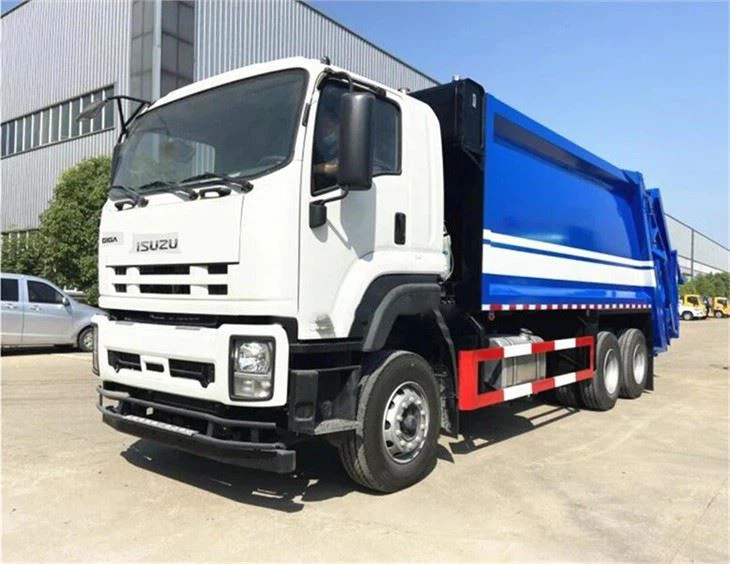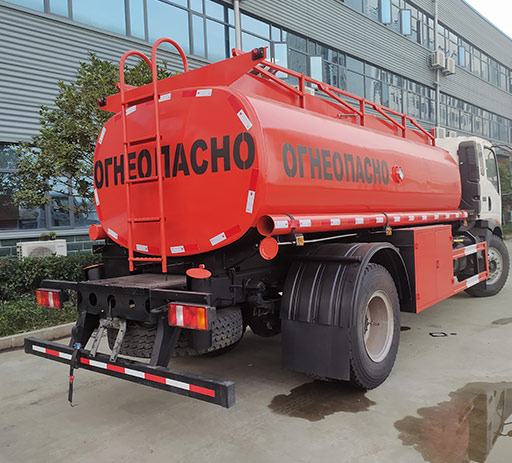Understanding Diesel Fuel Tankers: Essential Insights and Practical Tips

In today’s world, the transportation of diesel fuel plays a significant role in various sectors, including agriculture, construction, and transportation. An integral part of this transportation process is the diesel fuel tanker. This article dives deep into the workings, types, regulations, and maintenance of diesel fuel tankers, providing invaluable information for businesses, drivers, and enthusiasts alike.
What is a Diesel Fuel Tanker?
A diesel fuel tanker is a specialized vehicle designed for the transport of diesel fuel. These tankers come in various sizes and designs, depending on their intended use, and are built to ensure safety and compliance with stringent environmental regulations.
Key Components of a Diesel Fuel Tanker
- Tank Body: The main container that holds the diesel fuel.
- Pumps: Devices used to load and unload the fuel safely.
- Valves: Essential for controlling the flow of fuel.
- Safety Equipment: Includes emergency shut-off valves and spill kits.
Types of Diesel Fuel Tankers

Understanding the different types of diesel fuel tankers is crucial for selecting the right one for specific needs. Here are some common types:
Cylindrical Tankers
These are the most common type of diesel fuel tankers, characterized by their cylindrical shape which helps maintain structural integrity under pressure.
Rectangular Tankers
Less common but used in specific applications, rectangular tankers have a flat surface which allows for easier loading of different types of fuel.
Drop Tankers
These tankers have a lower center of gravity, enhancing stability especially when transporting large volumes of diesel fuel.
How Diesel Fuel Tankers Operate
Diesel fuel tankers operate as both transportation vessels and storage units. The process generally involves loading diesel at a distribution facility, transporting it to a delivery point, and then unloading it safely.
Loading Process
Before loading, a series of pre-checks, including inspecting safety equipment and ensuring compliance with regulations, are performed. The loading process typically involves:
- Connecting the tanker to the fuel source using secure hoses.
- Calibrating the pumps to ensure proper flow rates.
- Monitoring the loading process to prevent spills and ensure safety.
Transporting Diesel Fuel
Once the tanker is loaded, it is crucial to follow best practices for safe transportation:
- Maintaining a proper speed limit to reduce the risk of accidents.
- Avoiding sharp turns to minimize sloshing of fuel inside the tanker.
- Monitoring fuel levels to ensure the tanker is not overloaded.
Unloading Diesel Fuel
The unloading process also requires specific procedures to ensure safety:
- Using appropriate equipment to transfer fuel to storage tanks.
- Conducting safety checks to identify any leaks or spills during the process.
- Documenting the quantity of diesel fuel delivered for accounting purposes.
Regulations Surrounding Diesel Fuel Tankers
Diesel fuel tankers are subject to various regulations and standards that ensure safety and environmental protection. Understanding these regulations is essential for compliance and risk management.
Transportation Regulations
In many countries, transportation of diesel fuel is regulated by government agencies. Key regulations typically address:
- Vehicle design and construction standards.
- Driver qualifications and training.
- Load limits and weight restrictions.
Environmental Regulations
Environmental protection agencies impose regulations to minimize the environmental impact of diesel transportation. This may include:
- Spill prevention measures.
- Regular inspection and maintenance requirements.
- Proper disposal methods for any waste created during loading and unloading processes.
Maintenance of Diesel Fuel Tankers
Regular maintenance of diesel fuel tankers is crucial to ensuring safety and operational efficiency. A well-maintained tanker minimizes the risk of fuel leaks, spills, and other hazards.
Routine Inspections
Routine inspections should include:
- Checking for structural integrity of the tank.
- Inspecting hoses, valves, and pumps for wear and tear.
- Ensuring all safety equipment is in working order.
Preventive Maintenance Tips
| Maintenance Task | Frequency | Description |
|---|---|---|
| Visual Inspection | Before Each Trip | Check for visible damage and leaks. |
| Pump Function Tests | Monthly | Test pumps to ensure they are functioning correctly. |
| Valve Check | Quarterly | Inspect and test all valves for fluid tightness. |
| Professional Maintenance | Annually | Schedule comprehensive service with qualified professionals. |
Choosing the Right Diesel Fuel Tanker
Choosing the right diesel fuel tanker depends on various factors, including the type of fuel, the distance of transportation, and the specific requirements of the delivery location.
Key Factors to Consider
- Capacity: Determine how much diesel fuel you typically need to transport.
- Design: Consider whether a cylindrical or rectangular design suits your needs better.
- Compliance: Ensure the tanker meets all regulatory requirements for your area.
Cost Considerations
When evaluating the cost of a diesel fuel tanker, consider:
- Initial purchase price.
- Maintenance costs over time.
- Operational costs, including fuel efficiency and insurance.
Safety Tips for Operating Diesel Fuel Tankers
Operating a diesel fuel tanker comes with inherent risks. Here are essential safety tips for drivers:
Training and Certification
Ensure that all drivers undergo proper training and receive certification that complies with local regulations.
Emergency Preparedness
Train drivers on emergency protocols, including how to respond to leaks or accidents. Keeping emergency kits stocked and accessible is also crucial.
Emerging Trends in Diesel Fuel Tankers
As technology continues to evolve, diesel fuel tankers are also seeing innovations aimed at enhancing safety and efficiency.
Smart Tankers
The advent of technology has introduced smart tankers equipped with sensors that can monitor fuel levels, temperature, and pressure in real-time.
Eco-Friendly Tankers
Emerging designs focus on reducing the environmental impact of fuel transport, utilizing materials that minimize spills and adopting designs that enhance fuel efficiency.
Frequently Asked Questions (FAQs)
1. What is the maximum weight limit for diesel fuel tankers?

The maximum weight limit varies by region but generally ranges between 80,000 to 100,000 pounds for fully loaded tankers in the United States. It’s crucial to check local regulations for specific limits.
2. How can I prevent diesel spills during transportation?
To prevent spills, ensure regular maintenance checks on hoses and valves, train drivers on proper loading and unloading techniques, and equip the tanker with spill kits.
3. Are there different fuel types that can be transported in diesel tankers?
Yes, while primarily designed for diesel, these tankers can often transport various types of fuels, provided they comply with safety and regulatory standards for those materials.
4. How often should diesel fuel tankers be inspected?
Diesel fuel tankers should undergo routine visual inspections before each trip, with more thorough checks conducted quarterly and annually by qualified professionals.
5. What is the average lifespan of a diesel fuel tanker?

A well-maintained diesel fuel tanker can last between 10 to 20 years, depending on usage, maintenance, and compliance with regulations.
6. What are the best materials for diesel fuel tankers?
Common materials for diesel fuel tankers include aluminum and carbon steel, offering durability and resistance to corrosion. The choice of material often depends on regulatory requirements and the specific application of the tanker.
